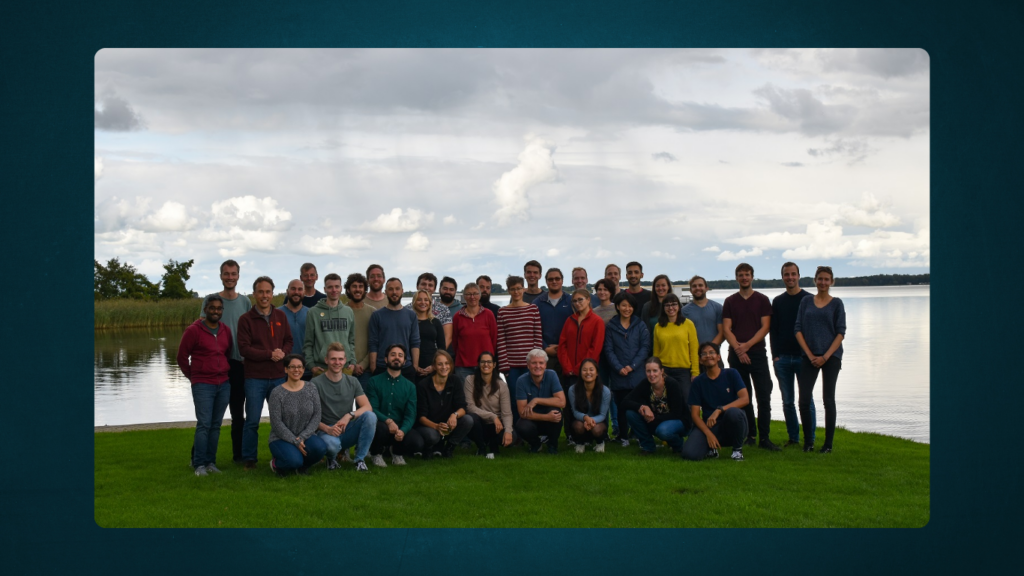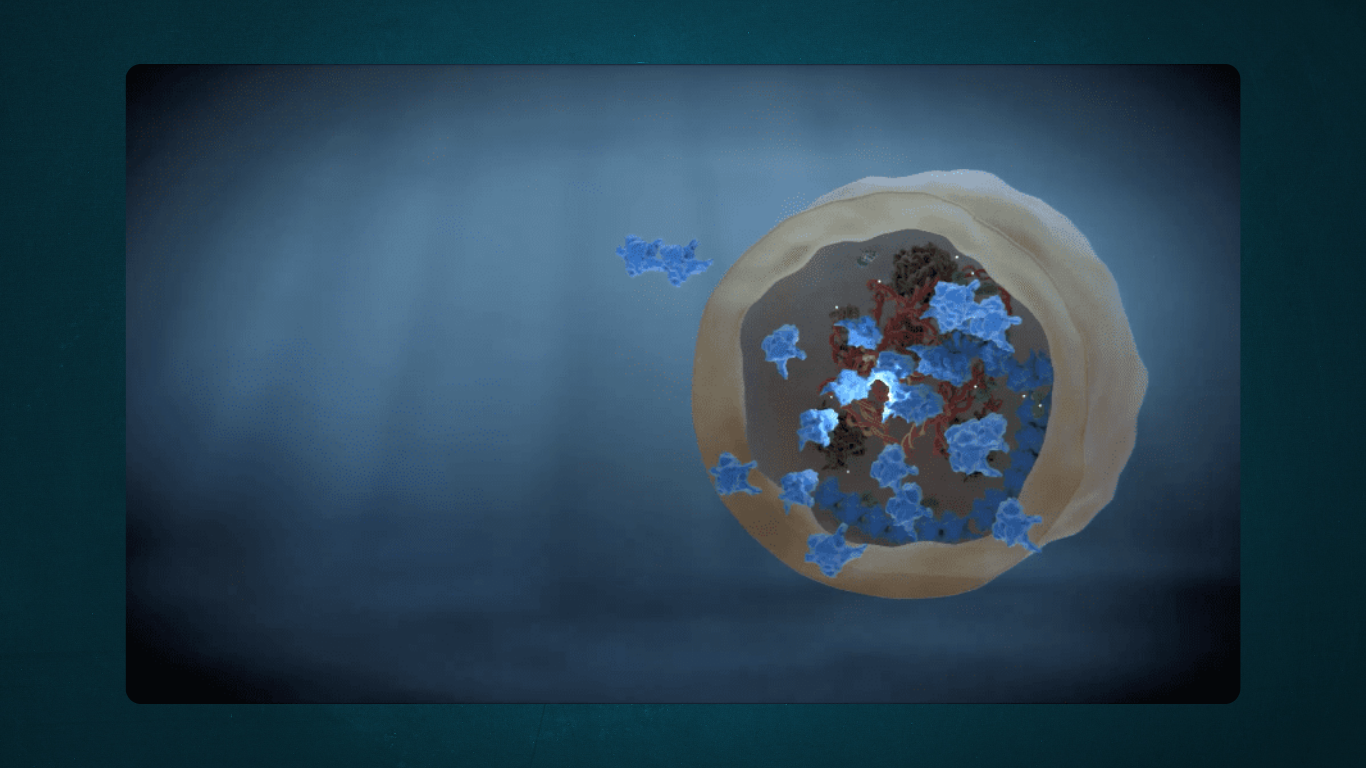One of science’s most enduring mysteries has been how lifeless molecules can come together to create living cells. Bert Poolman, a biochemistry professor at the University of Groningen, has been trying to answer this question for over 20 years. By building simplified artificial versions of biological systems, he hopes to eventually recreate life from its most basic components. His recent breakthroughs, published in Nature Nanotechnology and Nature Communications, describe how synthetic cells can convert energy and share products from that reaction and how they can concentrate and convert nutrients within the cell.
The BaSyc Project and Synthetic Cells

Six Dutch research institutions are collaborating under the BaSyc (Building a Synthetic Cell) consortium to develop the fundamental elements necessary for constructing a synthetic cell. Poolman’s research focuses on energy conversion, which is crucial for any living system. He aims to replicate mitochondria—the cell’s “powerhouses”—which use ADP to produce ATP, the molecule cells depend on for energy. This conversion is essential for driving cellular functions like growth and division.
Artificial Energy Systems: Simplifying Complexity
Rather than replicating mitochondria’s hundreds of components, Poolman’s system for energy conversion uses just five. “We wanted to simplify the process as much as possible,” says Poolman. Natural evolution has built highly efficient yet complicated systems, but with a simpler approach, artificial replicas can be designed with specific outcomes in mind.
In Poolman’s experiment, these five components were placed inside tiny, cell-like vesicles, which could absorb ADP and the amino acid arginine. The arginine is “burned” (deaminated) to generate energy, producing ATP, which is then secreted by the vesicle. “Of course, this comes with limitations—real cells can use various molecules for energy, but our system relies solely on arginine,” Poolman adds.
In the next step, the team created a second vesicle that could absorb ATP and use it to power an energy-consuming reaction. The ATP is converted back into ADP, which is then released and reabsorbed by the first vesicle, creating a closed-loop cycle. This loop mimics the metabolic processes in living cells, providing the necessary energy for cell division, protein synthesis, and other vital functions.
Creating a Nutrient Transport System
While energy conversion is essential, Poolman also turned his attention to nutrient transport, another key feature of life. In a new system, his team designed a vesicle that builds up an electrical charge, much like a battery. This electrical potential is used to import nutrients like lactose into the vesicle. In natural cells, nutrient transport involves many different components, but Poolman’s simplified system requires only two.
During the peer review process, a reviewer challenged Poolman to take this system a step further by utilizing the imported lactose, as real cells do. Rising to the occasion, Poolman added three enzymes that allowed the vesicle to convert the lactose into NADH, a coenzyme essential for various cellular functions. “By adding NADH production, we’ve shown that the system can be expanded to incorporate more complex processes,” Poolman explains.
Toward a Fully Functional Synthetic Cell
Although these two systems represent major breakthroughs, more work remains to create a fully autonomous synthetic cell. Poolman’s next goal is to integrate these energy-producing systems into a synthetic cell division mechanism developed by his colleagues.
The BaSyc project is nearing its conclusion, but Poolman and his team have secured additional funding for the next phase. Over the next decade, the newly funded EVOLF project, with €40 million in backing, will explore how many more lifeless components can come together to create living cells. “Ultimately, we hope to develop a blueprint for life itself,” Poolman says. “This would not only revolutionize our understanding of biology, but also have applications in medicine, industry, and synthetic biology.”
Conclusion
In summary, Bert Poolman’s research marks significant strides toward the creation of synthetic cells. His team has simplified key processes, such as energy conversion and nutrient transport, into streamlined systems that can be integrated into future synthetic life forms. These advances are paving the way for a deeper understanding of life’s fundamental principles and could open doors to new applications in a range of fields.

Subtly charming pop culture geek. Amateur analyst. Freelance tv buff. Coffee lover
